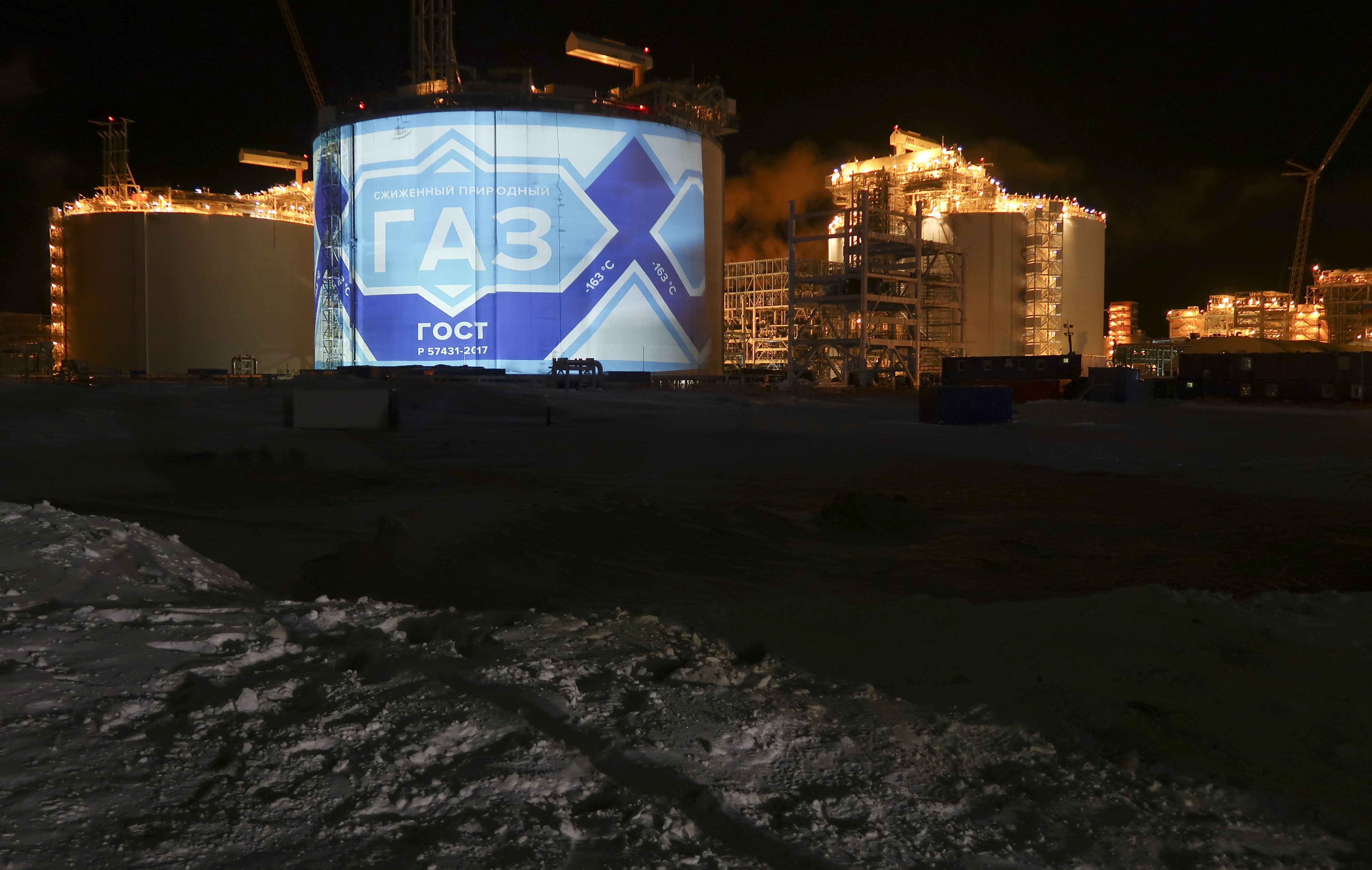Novatek opens third Yamal LNG production line, begins ship-to-ship transfers in Norwegian waters
The Yamal LNG project's final main production line is up and running more than a year ahead of the original schedule.

Russia’s largest privately-owned natural gas company Novatek announced this week the opening of the third production line at its liquefied natural gas facility on the Yamal peninsula. Novatek had previously said that it aimed to open its third production train by early 2019. Like the first two trains, the third train has a capacity of 5.5 million tons of LNG per year and brings the facility’s capacity to 16.5 million tons.
Novatek has managed to ramp up production at a rapid pace. It opened the first train less than 12 months ago, with the second line coming online in July 2018. With this the project is operating at full capacity (save for a smaller, experimental 1 million-ton fourth train to be commissioned next year) more than a year ahead of the original schedule.
“We have successfully launched all three LNG trains at our flagship Yamal LNG project according to our revised early launch schedule clearly confirming the uniqueness of Yamal LNG in the global LNG industry,” Novatek’s Chairman of Management Board Leonid Mikhelson said in a press release. “We have not only launched all three technological trains on budget, but have launched the third LNG train more than one year ahead of the planned original schedule.”
Moving on to Arctic LNG 2
Novatek highlighted the fact that the company managed to complete the project without cost overruns and delays, which are common in the LNG sector. Yamal LNG is seen as the first building-block in Novatek’s effort to become a global player in the burgeoning LNG market. A year after opening the Yamal facility, it already accounts for around 4 to 5 percent of global LNG production. The project’s success comes in the face of ongoing Western sanctions targeting Russia’s hydrocarbon sector, which prompted substantial investment by the Chinese National Petroleum Corporation and the Silk Road Fund, which hold a combined 29.9 percent stake.
The next big step for the company will be the final investment decision for its new LNG project, Arctic LNG 2, with a capacity of 19.8 million tons per year expected in 2020. With the experiences gained in Yamal, the company is pursuing an ambitious schedule of opening this new facility by 2023. Financing will come from its current partner French energy major Total as well as yet-to-be determined investors from China, Japan and Saudi Arabia.
Despite increased production capacity of 20 percent, Novatek expects construction costs to come down by 30 percent compared to the $28 billion Yamal LNG plant as it can draw on now-proven technology and suppliers. “The innovative fourth LNG train at Yamal LNG will be based on Novatek’s proprietary liquefaction technology called ‘Arctic Cascade’ and will utilize Russian-manufactured equipment,” explains Mikhelson.
Norway is part of Novatek’s logistic plan
Novatek’s logistical network of producing and exporting LNG to market in Europe and Asia now also relies on Norwegian shipping company Tschudi, which will be instrumental in the transshipment of natural gas off the northern coast of Norway. In order to optimize the use of expensive-to-operate ice-capable Arc7 LNG carriers, Novatek needs to transfer LNG onto conventional carriers once vessels are clear of ice-covered waters of the Northern Sea Route.
[Up to 9 million tons of Russian LNG will be reloaded in Norwegian waters during 2019]
For this purpose Tschudi applied for permission to conduct up to 140 ship-to-ship transfers to the southwest of Honningsvåg over the next six months. The first such operation occurred this week, the Norwegian Coastal Administration confirmed, when the Arc7 carrier Vladimir Rusanov transferred up to 173,000 cubic meters of LNG to the lower ice-class Pskov.
“I can confirm that there is an ongoing ship-to-ship operation in the sea area of Sarnesfjord,” explains Jan Morten Hansen, regional director at the Norwegian Coastal Administration. In total, the Norwegian authorities approved four transshipment zones in the Sarnesfjord and Kåfjord area. The permit allows for up to three simultaneous transfers across those zones. Once a routine shuttle operation has been established transfers may occur as frequently as every 36 hours combining for nearly 9 million tons of LNG by May 2019.